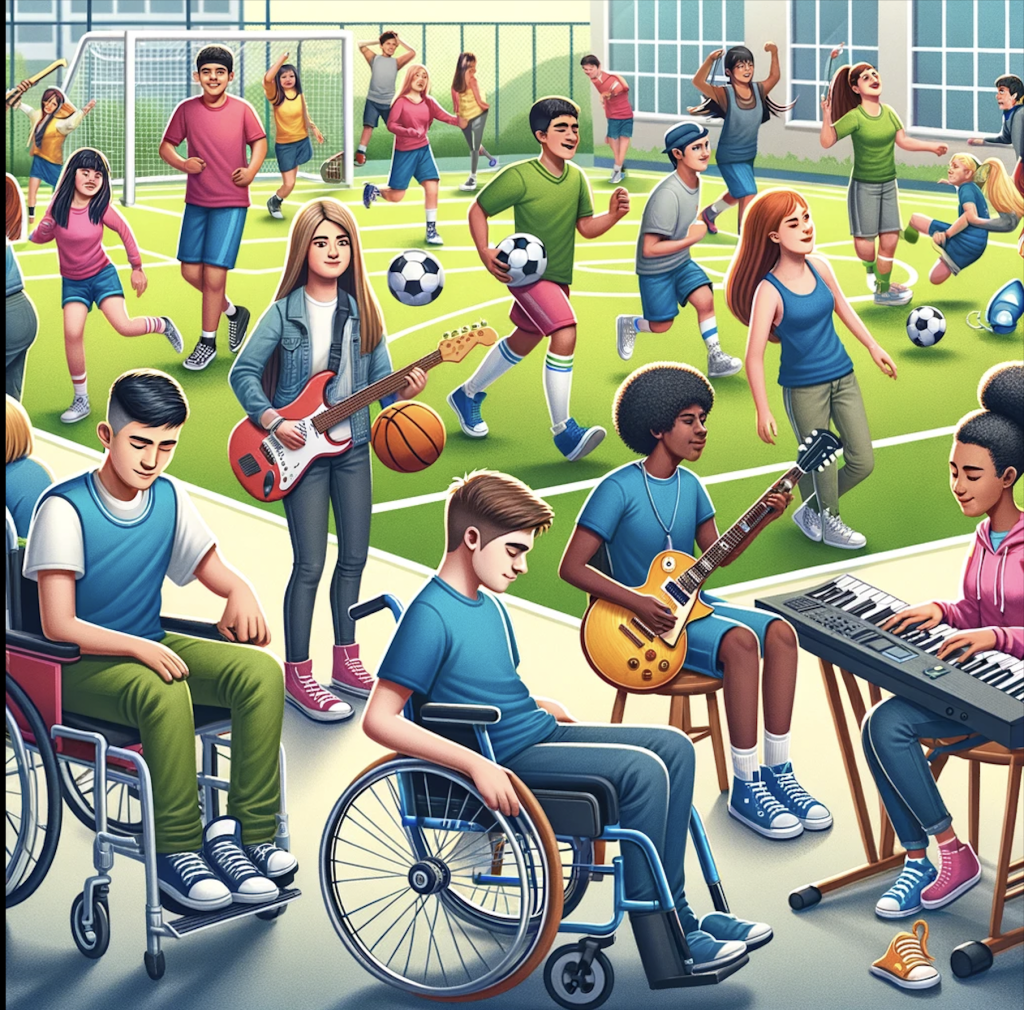Self-esteem

Image Source: Chat GPT 4
Self-esteem, the value one places on oneself, is a key component of a person’s self-concept. Its development significantly impacts a child’s emotional health, academic performance, and social relationships (Lally & Valentine-French, 2019). Like self-concept and identity formation, self-esteem development is a dynamic process that evolves throughout childhood and adolescence.
Self-esteem in young children is derived from their perceptions of how much they are loved and valued by the important adults in their lives. If children feel loved, safe, and secure in their relationships with their parents or caregivers, they are likely to develop a healthy sense of self-esteem. As they become more independent, self-esteem is also influenced by children’s mastery of basic tasks such as learning to pull up a zipper on their own or being able to count to 100. This focus on personal success and competence continues to impact self-esteem development throughout elementary school, with the skills and tasks that the child values having the most direct effect. Peer evaluations and comparisons start to play a more prominent role in later childhood. As children spend more time in school and other social settings, they begin to compare their abilities and achievements with those of their peers. These comparisons can significantly affect their self-esteem, especially if they perceive themselves as less competent or less accepted than others (Lally & Valentine-French, 2019). It is important to note that expectations surrounding what a child is able or expected to do are heavily culturally biased (Mason, Gunersel & Ney, 2014); those from non-Western cultures (Adair, 2015) or who have developmental or learning differences may be more likely to struggle with feelings of belonging (Long & Guo, 2023). Teachers can help students in these situations by creating an accepting classroom environment that celebrates diversity and ensuring that all students are treated with respect.
Self-esteem can fluctuate at any point during development, but adolescents are particularly likely to struggle with self-esteem as they grapple with physical changes, exploring their identities and striving for greater independence. Adolescents are increasingly concerned with how they are perceived by their peers, which can result in their self-esteem rising or falling based on their social success. Furthermore, self-esteem during adolescence can be affected by academic success, familial relationships, and larger societal influences such as media or cultural norms (Robins & Trzesniewski, 2005).
Think, Write, Share
- How does the development of self-esteem in young children differ from that in later childhood and adolescence?
- In what ways can peer evaluations and comparisons impact a child’s self-esteem during later childhood?
- How do cultural biases and developmental or learning differences influence a child’s self-esteem and feelings of belonging?
Application Challenge
Create a one-page plan for a classroom activity that fosters self-esteem in an age group of your choosing. In this activity, consider incorporating elements that make children feel loved, valued, and competent. Explain how this activity aligns with the principles of self-esteem development and how it would benefit children of this age group.